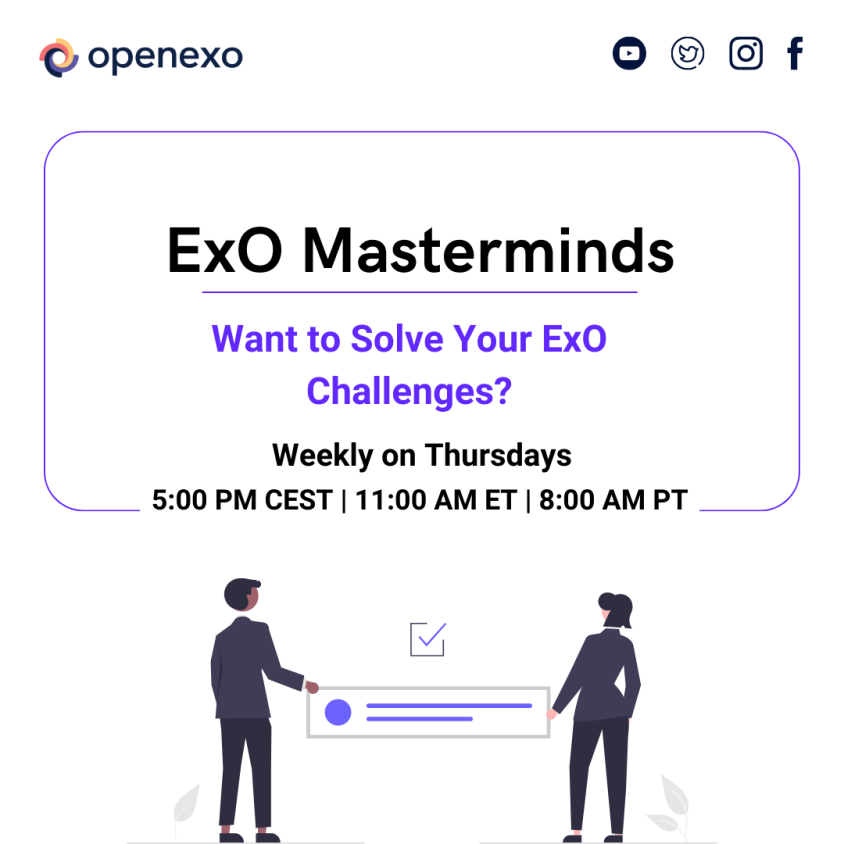
Jobs to Be Done: A Product Development Lens
The jobs-to-be-done framework revolutionizes innovation by focusing on customer goals and desired outcomes, offering predictability, and transforming the process into a science, leading to more successful product development and market fit.
Unlock innovation's hidden potential. The jobs-to-be-done framework transforms product development through powerful customer insights, predictability, and scientific rigor.
Imagine if you could predict with 80-90% accuracy whether a new product idea would succeed or fail in the marketplace—before investing time and money to develop it. This level of insight has long seemed like an impossible dream for even the most sophisticated innovators. Yet today, many leading global companies are achieving this through a breakthrough approach called the jobs-to-be-done perspective. This lens allows organizations to see their markets, segments, and opportunities more clearly and develop innovations that closely match what customers are trying to get done.
In the JTBD framework, a "job" is the fundamental problem a customer needs to resolve. It goes beyond product functionality - it encompasses the emotional, social, and functional dimensions of what the customer is trying to achieve.
To apply JTBD, companies should shift from customer segmentation to identifying the jobs customers are trying to do. Research these core jobs through customer interviews and observations.
Once key jobs are identified, companies can design products and experiences to help customers get those jobs done better and more conveniently. The goal is to offer a superior "hiring" experience for the product vs. other alternatives.
JTBD is useful for innovation because it reveals insights about circumstances that trigger needs, unarticulated needs customers have, and barriers/obstacles they face in getting jobs done. This can inspire new product ideas.
Key benefits of JTBD include focusing on customer outcomes rather than demographics, uncovering innovation opportunities, and guiding strategic decision making around delivering customer value.
In this article, we will explore how the jobs-to-be-done framework is bringing much-needed structure and predictability to innovation. We’ll outline the core principles, show real-world examples, and provide practical tips on how your organization can use this approach to create customer solutions that will win big. With the jobs-to-be-done perspective, innovation finally moves from art to science.
The jobs-to-be-done perspective is centered around two key insights:
- People purchase products and services to "get a job done" - they are focused on accomplishing tasks and achieving desired outcomes. The "job" is the customer's goal.
- To best understand customer needs, companies should focus on the job the customer is trying to get done, not the product or service itself. This outside-in view reveals insights that an inside-out focus on products misses.
With this new perspective, companies can unlock major advantages. These principles lead companies to define markets, segments, and needs differently:
- Markets are defined by the job customers need to get done, not demographics or product categories.
- Customer needs are defined by the outcomes and goals people are trying to achieve.
- Market segmentation is based on differences in desired outcomes.
With this jobs-first perspective, companies can more accurately identify where customers are struggling to get jobs done with existing solutions. This paves the way for breakthrough innovations that deliver the outcomes they truly need and value.
Adopting a jobs-to-be-done lens provides several important benefits that enhance an organization's ability to innovate successfully:
- Increased predictability - By deeply understanding what outcomes customers seek, companies can more accurately predict which new products and services will succeed.
- Accelerated product development - Jobs-to-be-done insights enable organizations to achieve product-market fit faster.
- Reduced risk - Companies can validate product concepts without investing heavily upfront in development.
- Actionable segmentation - Grouping customers based on desired outcomes provides immediately useful guidance for positioning and targeting.
- Sustainable differentiation - Solutions that get the job done better have built-in customer appeal.
- Illuminated growth opportunities - Overlooked struggling moments and unsatisfied outcomes point the way toward new innovations.
In essence, the jobs-to-be-done perspective transforms innovation from a guessing game to science. Companies are equipped to systematically create customer solutions with high fit and appeal.
Adopting a jobs-to-be-done lens provides major predictability benefits. Rather than relying on guesswork, the jobs-to-be-done framework enables a more scientific, validated approach. Extensive research by Clayton Christensen and others has demonstrated the predictability of this model. For example, in one study of historical innovations, a jobs-to-be-done perspective accurately predicted the success or failure of new product launches over 80% of the time. The data showed that products and services that effectively helped customers get an important job done succeeded, while those that failed to address significant customer struggles struggled. By focusing innovation efforts on satisfying key unmet outcomes, companies can move away from intuition and use validated jobs-to-be-done data to systematically develop offerings with strong market fit. In essence, the jobs-to-be-done lens transforms innovation from a guessing game to science.
Organizations viewing product development through a jobs-to-be-done lens see results. Here are some examples of how focusing on jobs-to-be-done has led companies to successful innovations:
- An auto manufacturer took a jobs-to-be-done approach to identify unmet outcomes around long-distance driving. This led them to develop an improved cruise control system that eased driver fatigue and tension.
- A medical company used jobs-to-be-done research to reveal key challenges with self-injection experience. They innovated a new drug delivery device that made the process simpler and less painful for patients.
- A consumer packaged goods company leveraged jobs-to-be-done insights to recognize an underserved job around weekday lunch preparation. They launched a time-saving product line that simplified meal assembly for busy parents.
- A video game company noticed players struggling to fully explore new worlds. By focusing on the jobs gamers were trying to get done rather than just product features, they designed an intelligent in-game compass that reduced frustration and increased enjoyment.
In each case, a deeper jobs-to-be-done focus enabled these businesses to create solutions that directly addressed the outcomes customers were seeking. This jobs-first perspective provided guiding insights that may have been missed using traditional approaches.
The jobs-to-be-done perspective provides a powerful new lens for innovation. By shifting focus to the customer's goals and desired outcomes, companies gain a clearer outside-in understanding of what problems need solving and where new opportunities lie. This allows even internal teams to benefit from an external, third-party perspective on gaps in the market. With jobs-to-be-done insights, organizations can segment, target, position, and develop products in ways that closely match what users really need and value. The framework essentially provides validation and guidance that removes blind spots for product teams on the inside. With its deeply rooted insights and proven predictability, the jobs-to-be-done approach transforms innovation from gambles based on intuition to calculated bets based on science. Companies, both large and small, have used this outside-in method to successfully develop breakthrough innovations that deliver real value in the marketplace. For any organization seeking to bring discipline and winning odds to innovation, embracing a jobs-to-be-done perspective is an essential first step.
Christensen, Clayton M., et al. "Know Your Customers’ 'Jobs to Be Done'." Harvard Business Review, September 2016, https://hbr.org/2016/09/know-your-customers-jobs-to-be-done.
#Innovation #ProductDevelopment #CustomerInsights #JobsToBeDone #MarketResearch #BusinessStrategy #Entrepreneurship #CustomerSolutions #Predictability #ScienceOfInnovation #MarketFit #CustomerExperience #GrowthOpportunities #Segmentation #SustainableDifferentiation #MarketAnalysis #BusinessSuccess #ProblemSolving #InnovateWithPurpose

Weekly on Thursdays: Join our weekly ExO Networking calls by Registering here
Participate in the weekly ExO Masterminds sessions by Registering here
Immerse yourself in the game-changing ideas of OpenExO.
Begin your journey here 🎟️ExOPass & 📚Exponential Organizations 2.0
ExO Insight Newsletter
Join the newsletter to receive the latest updates in your inbox.








